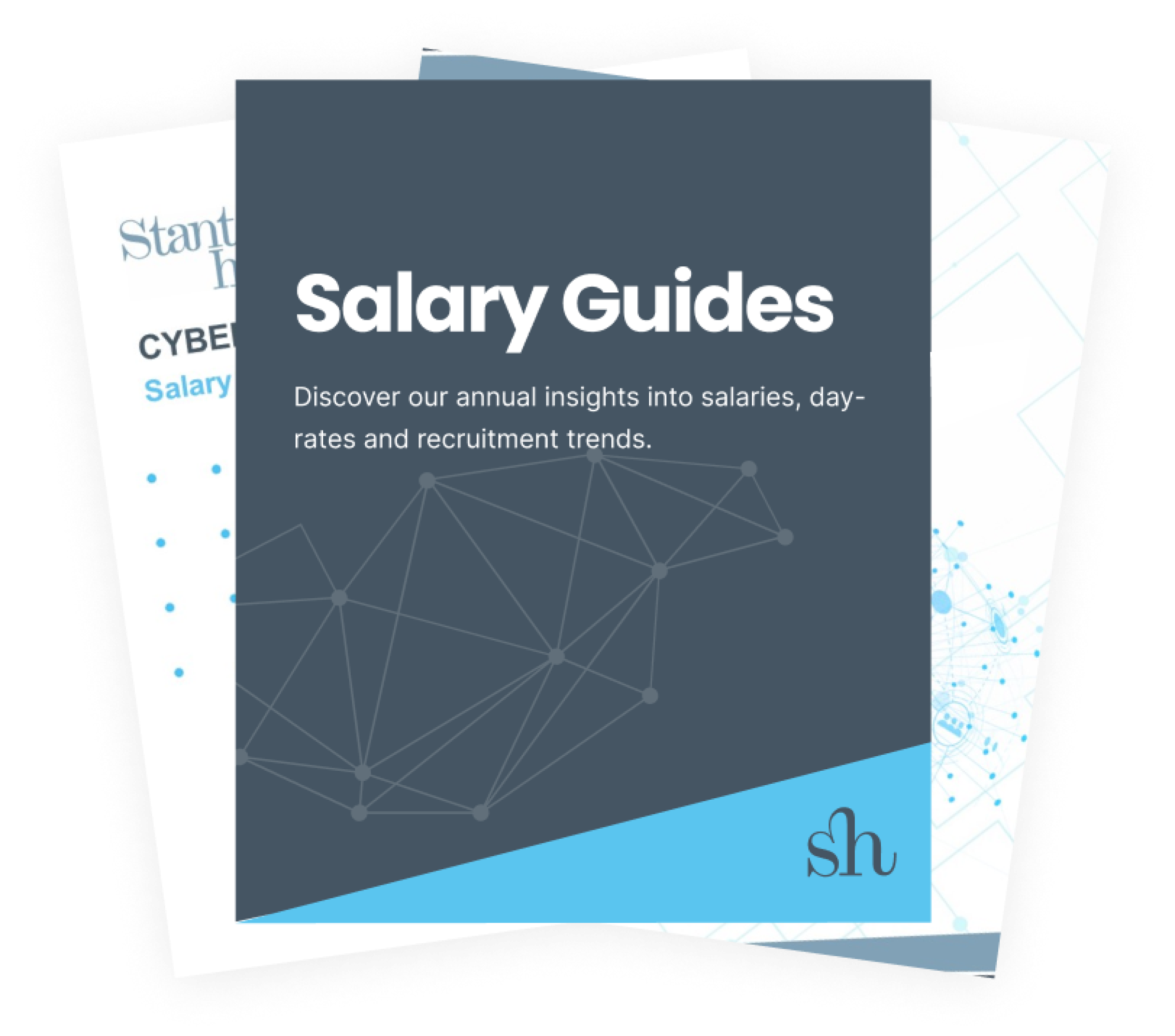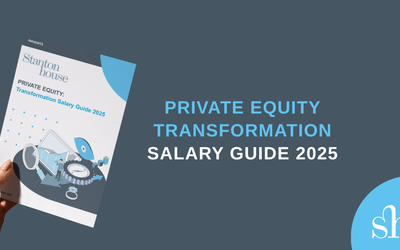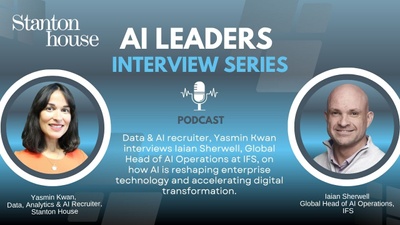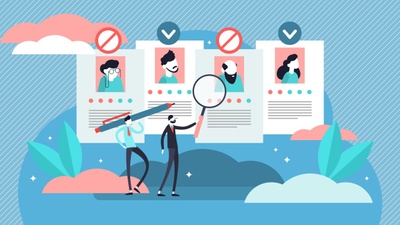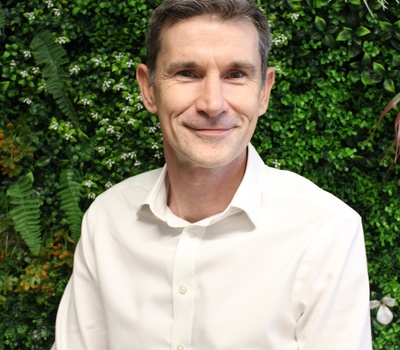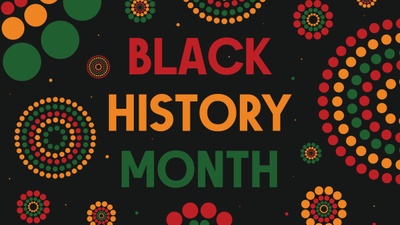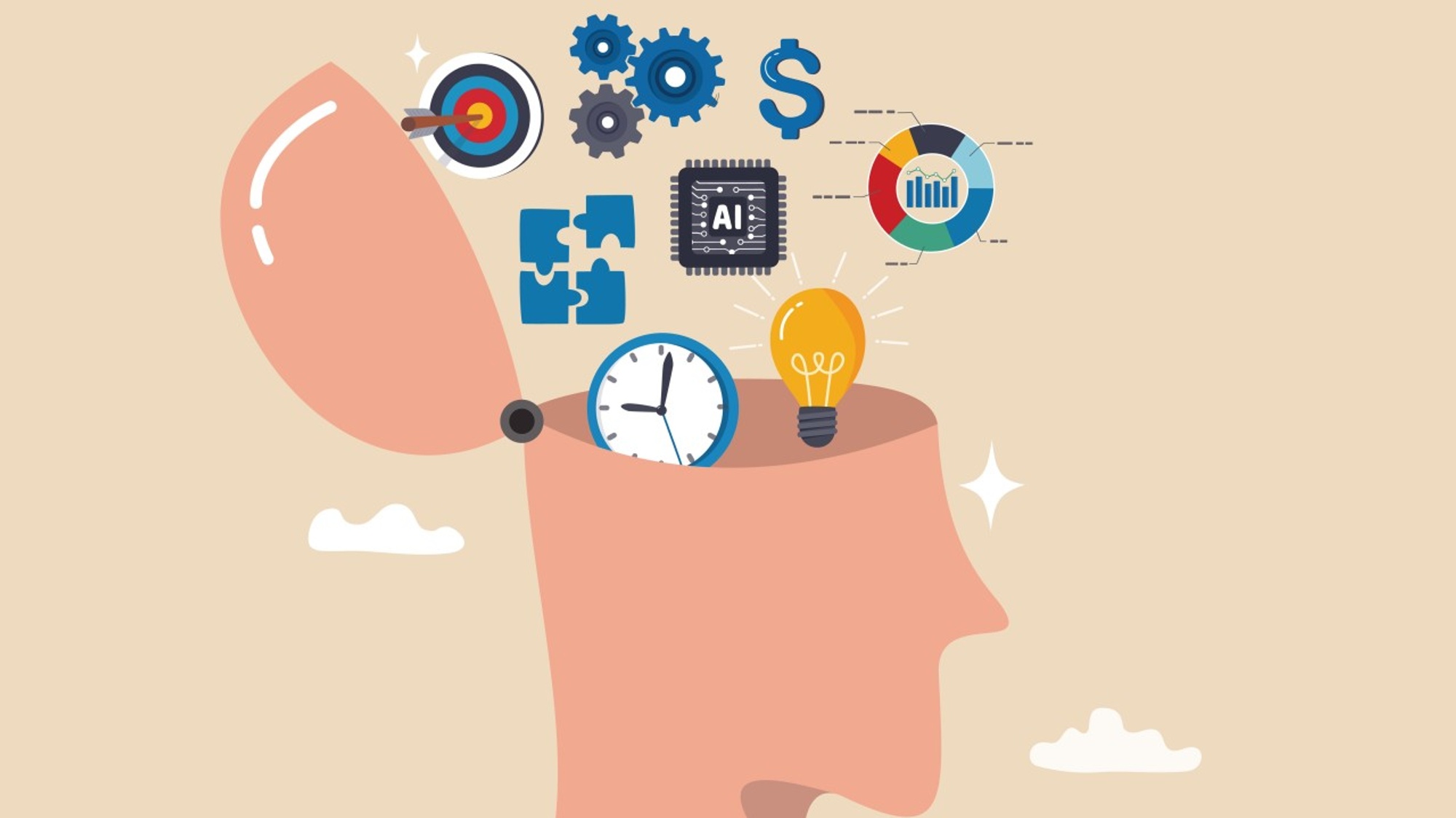
The Leadership Gap: Why Humanity Will Define Success in the AI Era
Earlier this month, I listened to a compelling conversation between Simon Sinek , author and leadership expert, and Steven Bartlett on The Diary of a CEO podcast. The focus? How artificial intelligence, far from being just a technological tool, could become the greatest threat to human connection we’ve ever faced. Sinek’s message was clear:
“AI will create a generation of helpless humans–unless we double down on the human skills it can’t replicate.”
That stopped me in my tracks. Because while many businesses are racing to adopt AI, far fewer are asking the deeper questions: What does it mean to lead in an AI-powered world? How do we prepare not just for efficiency, but for empathy? Not just for disruption, but for direction?
Shortly after, I came across a very different kind of provocation from Jim VandeHei , Co-Founder and CEO of Axios. Speaking bluntly to his staff, he said:
“You are committing career suicide if you’re not aggressively experimenting with AI.”
At first glance, these two perspectives might seem worlds apart - one grounded in human values, the other in hard-edged urgency. But in reality, they converge on a critical truth: Leadership in the AI era requires both head and heart. The courage to experiment, and the wisdom to lead with humanity.
And when you look at the data, they’re both right.
We’re not just entering another chapter of digital transformation; we are approaching a once-in-a-generation leadership reckoning. The AI transition isn’t simply about tools or tasks. It’s about people, ethics, readiness, culture, and inclusion. And right now, the gap between what most leaders know and what this moment demands is dangerously wide.
This is the second in our Outspoken series on AI and the future of work. In Part One, we focused on individuals: how senior professionals can upskill, adapt, and lead AI-augmented teams. Now, we zoom out to focus on the bigger picture.
This is a call to leadership.
How do we guide our organisations, cultures, and workforces through a transformation few yet fully grasp? What does smart, human-centred leadership really look like in the age of AI?
The AI Inflection Point: Hype vs Reality
To lead effectively, we need to understand the scale and speed of what’s unfolding. The 2025 PwC AI Jobs Barometer is clear: AI is already transforming work faster than most leaders realise.
In fact, 1 in 3 job postings in high-income countries now come from sectors with above-average AI exposure, highlighting just how deeply these tools are becoming embedded, not just in tech, but across finance, legal, consulting, and customer service.
This isn’t a future trend. It’s here. It’s happening. And it’s accelerating.
Jobs that are “highly exposed” to AI (those with a high proportion of tasks that AI can perform) already account for 11.5% of global employment, and they’re growing faster in both demand and pay.
As Joe Atkinson, PwC’s Global Chief AI Officer, puts it:
“Jobs are not disappearing - they’re growing. Upskilling in the Age of AI may feel more challenging given the pace, but it’s paying off.”
Crucially, PwC introduces a framework that reframes the conversation - one that every leader should pay attention to. It distinguishes between:
- AI-Exposed Jobs (e.g., customer service, finance, legal analysis)
- Automatable Jobs (e.g., coding, data processing)
- Augmentable Jobs (e.g., transformation leadership, strategy, human services)
And here’s the surprising insight: even the jobs most automatable by AI are seeing rising demand:

Why?
Because the most prepared organisations aren’t treating AI simply as a cost-cutting tool. They’re using it for amplification, enhancing the productivity, creativity, and judgment of their people. AI is becoming a co-pilot, not a replacement.
And that’s where the real mindset shift begins.
It’s time to let go of the binary thinking of ‘AI will replace jobs’ versus ‘AI won’t replace jobs.’
The real question, the one that matters for leadership, is this:
How will you architect a workforce - not just equipped for AI, but elevated by it - where human insight, inclusive leadership, and technological fluency work in harmony?
The Readiness Gap
But here’s the catch: while AI is surging, most organisations aren’t ready to meet the moment.
According to PwC’s global survey:
- Only 5% of firms report ‘fully scaled’ use of AI across core business functions
- While 46% of executives expect productivity gains from AI, only 23% are confident in their workforce’s AI skills
- And 30% of UK workers report having had no formal AI training at all
This is where the leadership gap becomes most visible: in strategy, in culture, in capability-building. Many executives talk up AI’s promise in public, but behind closed doors, few are equipping their people or redesigning their roles to reflect the scale of change.
As Simon Sinek warns:
“We’re playing with something very powerful, but we’re not teaching people how to use it responsibly - or how to preserve the human skills that give work meaning.”
If leaders want AI to become a multiplier of performance, not a divider of people, that starts with readiness; honest, inclusive, and future-focused.
From Mindset to Motion: What Modern Leadership Demands
It’s one thing to believe in the promise of AI-powered performance. It’s another to build the culture, capability, and clarity needed to realise it.
The leaders who will navigate this inflection point successfully aren’t just tech-savvy. They are people-first, systems-aware, and strategically bold. They understand that building an AI-enabled organisation isn’t just about installing tools - it’s about designing environments where humans and machines elevate each other.
According to PwC’s 2025 AI Jobs Barometer, sectors that are actively investing in AI talent, systems, and experimentation are already seeing stronger wage growth, greater job satisfaction, and improved productivity. In other words, AI maturity is beginning to correlate with commercial advantage.
But maturity doesn’t just mean infrastructure. It means mindset. And motion. Future-ready leadership is defined by five critical capabilities:
1: Strategic Clarity Leaders define what AI is for in their context, not just what it can do. They align adoption to purpose, not trend-chasing, asking: Does this accelerate the mission? Does it empower our people? Great leaders tell the truth about AI. Not in vague terms, but with examples, timelines, and tailored plans for their teams. They don’t bury the risk - they help people run towards it.
And they simplify. In a world where AI can do more, clarity matters more. Leaders must ensure every person, at every level, can name the things they must do to succeed in their role. Then ask: how can AI help you do them better, faster, or more meaningfully?
2: Human-Centric Capability Increasingly, it’s the human skills, not the technical ones, that will define long-term advantage. The PwC report highlights this paradox: the more AI automates technical tasks, the more we need creativity, empathy, judgement, and leadership.
Simon Sinek argues that:
“AI can copy anything except the human condition.”
He believes we need to teach soft skills as survival skills, and I agree. He also reminds us that we don’t just value outcomes, we value the human process behind them:
“A human being making something - a product, a piece of art, a meal, a song - carries with it something unique and valuable: intention, effort, imperfection, story. That’s what we connect to. That’s what gives it meaning. AI can replicate the product, but it can’t replicate the soul.”
In a world where machines can mimic knowledge and tasks, the distinctly human becomes more valuable, not less. This is the moment for leaders to take human capability seriously - not just as a cultural strength, but as a strategic asset. That means doubling down on the development of empathy, creativity, critical thinking, and ethical judgment. The very skills AI can’t replicate, but which every AI-enabled team will depend on.
3: Skills-First, Learning-Led Cultures AI maturity starts with learning maturity. Progressive organisations aren’t just hiring differently, they’re developing differently. Instead of fixating on past roles or rigid qualifications, they focus on adaptability, problem-solving, and cross-functional agility. These leaders are building ‘skills-first’ cultures, where learning is ongoing, accessible, and woven into daily workflows. It’s not just about recruiting AI talent, it’s about democratising AI literacy across every function and every level. The leaders we work with are embedding development into performance, investing in tools, and rethinking capability frameworks to prepare people for change, not just roles. Because in a world where 70% of skills could change by 2030, talent is less about what people know today, and more about how fast they can learn tomorrow.
As Simon Sinek reminds us, “AI gives you the destination, but the value of life is in the journey… and that’s where learning happens. That’s where growth happens.” Learning in the age of AI is no longer linear or clean. It’s iterative, messy, and human. And the organisations that embrace that - that build the space, tools, and culture for their people to keep moving forward - will be the ones that thrive.”
4: Cultural Safety to Experiment Forward-thinking leaders don’t just give permission to experiment; they actively build the conditions for it. Axios set a powerful example: every employee was given access to advanced AI tools and encouraged to spend 10% of their time exploring how these technologies could enhance their work.
“We tell most staff they should be spending 10% or more of their day using AI to discover ways to double their performance by the end of the year.” — Jim VandeHei, Co-Founder & CEO, Axios
Nearly half the workforce volunteered. This wasn’t about chasing innovation for its own sake. It was about creating psychological safety, where people felt trusted to test, learn, fail, and share. When experimentation becomes a cultural norm, not just a side project, transformation accelerates. And crucially, it brings the whole organisation with it.
5: Inclusive Decision-Making Diverse teams don’t just build fairer systems; they build better ones. Leaders must actively include underrepresented voices in AI design, governance, and deployment. Otherwise, we risk baking existing inequalities into future systems at scale. AI learns from us. If our teams lack diversity in race, gender, neurotype, or background, we will build systems that mirror our blind spots. That’s not just bad optics, it’s bad business.
But mindset alone is not enough. Belief must lead to structure. Vision must translate into design. If leaders want AI to enhance, not fragment, their organisations, they must embed these leadership traits into how they build, resource, and evolve their teams.
That means rethinking workforce strategy entirely.
From Workforce Planning to Workforce Design
Now is the time to move beyond workforce planning (predicting supply/demand) to workforce design (shaping the organisation's AI needs). Too many organisations are still operating with legacy models of workforce planning, focusing narrowly on predicting headcount needs or matching talent supply to demand.
But AI changes everything.
As tasks evolve and roles blur, workforce design becomes a strategic imperative. That means going beyond spreadsheets to ask fundamental questions about what work looks like in an augmented future, and how we design it equitably.
Start with skills, not jobs.
Conducting inclusive skills audits, not just to spot technical gaps, but to surface latent, transferable, and uniquely human capabilities, is now foundational. The goal isn’t just to find where people fall short, but to understand what potential already exists within your workforce, and how it can be deployed in new ways.
This also means rebuilding roles around augmentation, not replacement. For example:
- If AI handles data processing, where does your analyst now add value?
- If GenAI drafts proposals, how do you redesign content roles to emphasise curation, editing, and strategic thinking?
- If customer interactions are partially automated, what new expectations emerge for empathy, escalation, or cross-selling?
This isn’t just about trimming job descriptions. It’s about realigning expectations, KPIs, and career paths for a hybrid human-machine workplace.
And it must be done with inclusion in mind.
PwC notes that job redesign must prioritise equity-first reskilling, especially in roles most at risk of automation. That means making learning accessible, mapping pathways for redeployment, and creating flexibility for those balancing caregiving, neurodiversity, or health challenges - all while involving affected communities in the process.
Ultimately, AI-era workforce design is a systems exercise, one that connects:
- Skills taxonomies to business goals
- Learning investments to cultural change
- People data to ethical decision-making
The leaders getting this right are not just redesigning jobs - they’re redesigning value creation.
They're asking:
‘How do we unlock new levels of human potential — not just productivity?’
Conclusion: A Moment Made For Leaders
This moment requires a new kind of leadership fluency: one that blends commercial clarity with human empathy; experimentation with ethics; and innovation with inclusion.
This isn’t just a technology shift. It’s a leadership test.
What will set leaders apart is their ability to elevate the human; to lead with clarity, invest in skills, and create cultures where trust, experimentation, and inclusion aren’t just encouraged, but expected.
Because if AI is the new tech stack, human skills are the new operating system.
Sources:
Jim VandeHei, Axios - Wake-up call: Leadership in the AI age

